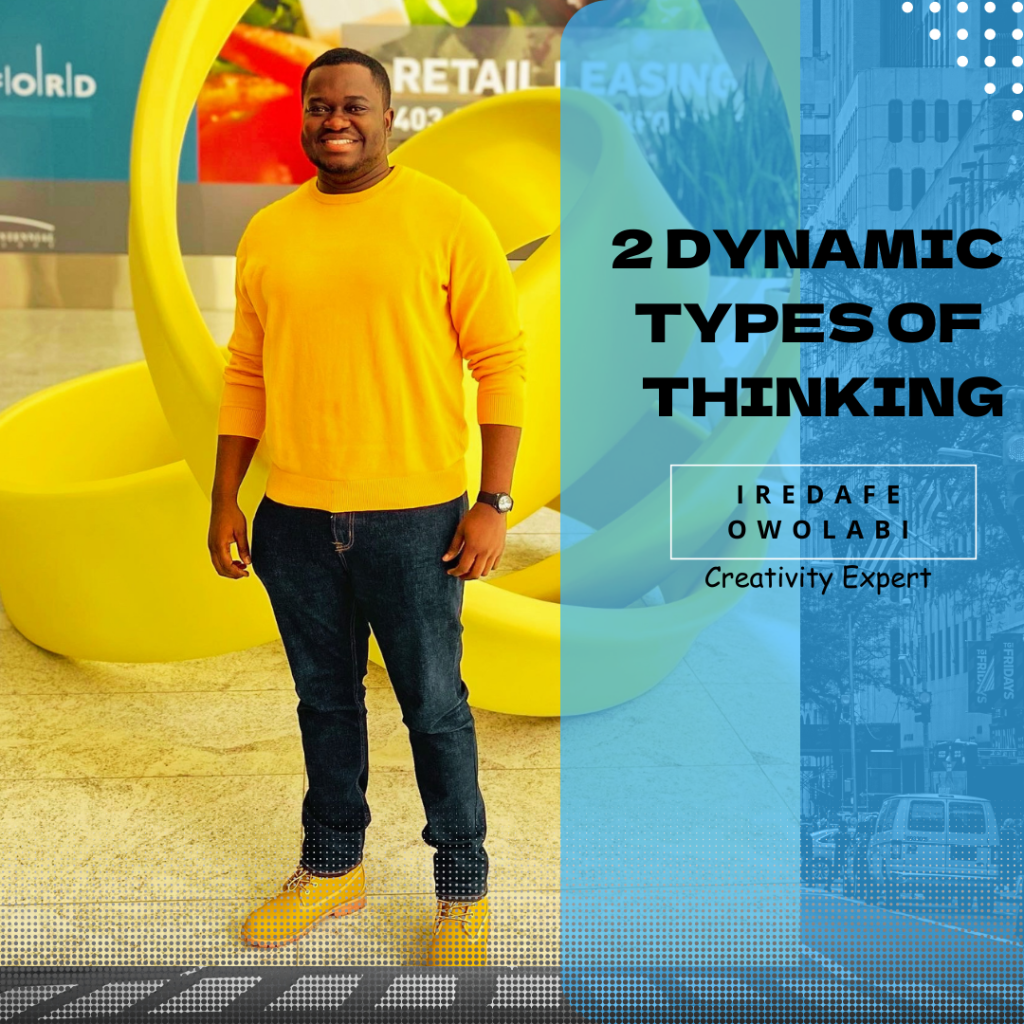Top 3 Best Books to Enhance Your Creativity in 2024
In this article, I would be performing a review of 3 of the best books that can help you enhance and develop your creativity. All the books that are mentioned in this blog post have been read by me. Based on my personal study, I will be making a recommendation for you if you are considering resource materials that can help boost your creativity. Here are the Top 3 Best Books to Enhance Your Creativity this Year The 3 best creativity books that rank as top best books to boost your creativity are worth reading. If you want to be intentional about developing your creativity and problem solving skills this year, you should not just add them to your bucket list but also read them. They are: 1. “Think Big: Unleashing Your Potential for Excellence” by Dr. Ben Carson. 2.“Ignite Your Creativity: How to transform your Ideas, Skills, Gifts and Talents to Tangible creations” by Iredafenevesho Owolabi. 3. “Limitless: Upgrade Your Brain, Learn Anything Faster, and Unlock Your Exceptional Life” by Jim Kwik. These books offer valuable insights and techniques that can aid in creativity development. Here’s a highlight of these books: 1. “Think Big: Unleashing Your Potential for Excellence” by Dr. Ben Carson Overview In “Think Big,” Dr. Ben Carson, a world-renowned neurosurgeon and former U.S. Presidential candidate, shares his inspiring life story and the principles that guided him to achieve extraordinary success. While not solely focused on creativity, this book offers invaluable insights on personal development and thinking outside the box. These insights are foundational and core to developing your creativity skills. In the key takeaways, you will see why this book was selected among the best books to enhance your creativity. Key Takeaways for Creativity Development: 1. Overcoming Adversity Dr. Carson’s journey from a troubled youth to a groundbreaking neurosurgeon demonstrates the power of resilience and creative problem-solving. His story inspires readers to overcome obstacles and challenges in their own lives. 2. Importance of Education The book highlights the transformative power of education and continuous learning. Dr. Carson emphasizes that knowledge broadens one’s creative horizons and opens up new possibilities. 3. Thinking Big Dr. Carson encourages readers to set audacious goals and think beyond their comfort zones. This mindset shift can stimulate creative thinking by pushing individuals to explore unconventional solutions. 4. Mind and Brain Connection Given Dr. Carson’s background in neuroscience, he touches upon the incredible potential of the human brain. Understanding the brain’s capacity can inspire readers to explore their own creative potential. 5. Moral and Ethical Creativity Dr. Carson discusses the importance of ethical decision-making, reminding us that creativity should be harnessed for the betterment of society. This perspective can help channel creative energies in a positive direction. “Think Big” provides a motivating and thought-provoking read, offering valuable life lessons that can indirectly contribute to enhancing creativity. Grab a copy of “Think Big” here. 2. “Ignite Your Creativity: How to transform your Ideas, Gifts, Skills and Talents to Tangible Creations” by Iredafenevesho Owolabi Overview: In this book, Iredafe Owolabi, a creativity coach, seeks to bridge the gap between having great ideas, gifts, or potential and transforming them into profitable creations. It is dedicated to those who recognize that their God-given potential is not meant to remain dormant on Earth. It seeks to help readers transform their ideas, gifts, skills, and talents into tangible creations, regardless of their background or status. This book promises to empower readers to fully uncover their hidden genius and contribute to the ongoing creation story of the world. The author’s writing style is engaging and relatable, making complex concepts accessible to all readers. Little wonder it is a best-selling book on creativity. By drawing from both scripture and contemporary stories, the book offers a well-rounded understanding of creativity. It encourages readers to actively participate in exercises and take notes, fostering a true transformation in their creative abilities. Key Takeaways for Creativity Development: 1. Bust the Myths About Creativity With “Ignite Your Creativity,” you can expect to shed the layers of misconceptions, embrace the true essence of creativity, and unlock the boundless potential that lies within you. Read this article to get some insights to these misconceptions: What Creativity is Not: 7 Popular Myths about Creativity Questions like how to overcome the “lack of funding” problem that most creatives struggle with will be dealt with head on with practical solutions that you can hit the ground running with. This book is a life manual for creativity, designed to guide you toward a remarkable journey of self-discovery and growth. It will remain among the best books on creativity for a very long time and is definitely a keeper. 2. Your Roadmap to Creativity This book provides you an opportunity to sharpen your problem-solving skills and create a future filled with fulfillment. So, embark on this extraordinary adventure with the author. Dive into the chapters, immerse yourself in the exercises and principles, and apply what you learn. “Ignite Your Creativity” promises to ignite your creative spark and propel you towards a life of purpose, innovation, and vision accomplishment. 3. Creativity Enhancement This book isn’t just about inspiration; it’s a manual for action. Professionals yearning to break free from the shackles of the mundane will find themselves captivated by Iredafe’s passionate tone and expert guidance. The emphasis on diving into a result-driven strategy, leveraging inherent talents, and harnessing creativity to stand out in your career is both motivating and actionable. 4. Break out of the Box If you’re a professional, a career enthusiast, or a small business owner ready to shatter the glass ceiling and rise above the 9-to-5 grind, “Ignite Your Creativity” is your guide. It’s a revelation that reminds us that, just like God ignited His creativity to shape the world, we too can shape our careers and businesses with the brilliance of our own creative spark. Prepare to break free, rise above, and craft a career or build a business that’s extraordinary and uniquely yours. This book holds the key to
Top 3 Best Books to Enhance Your Creativity in 2024 Read More »


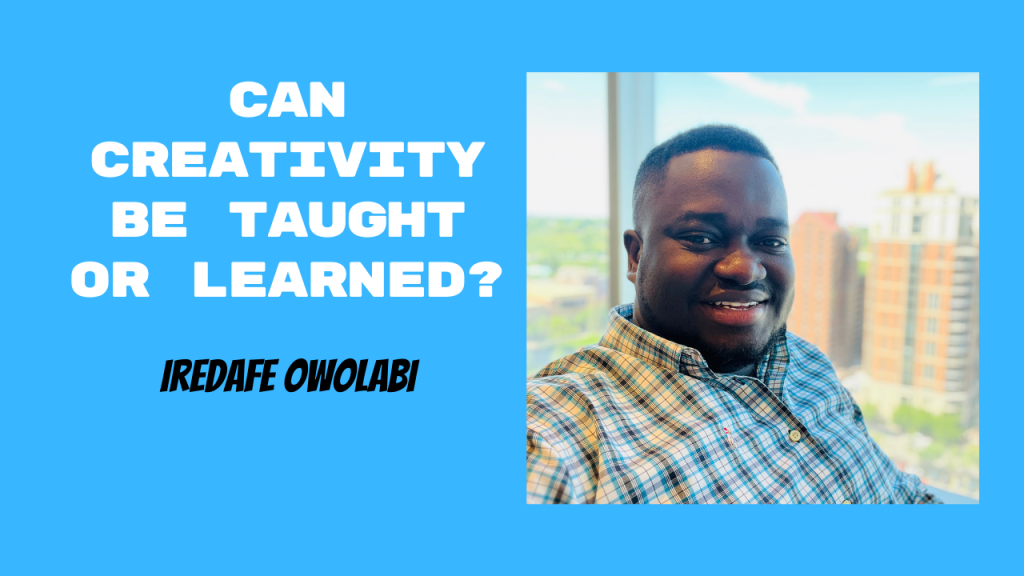

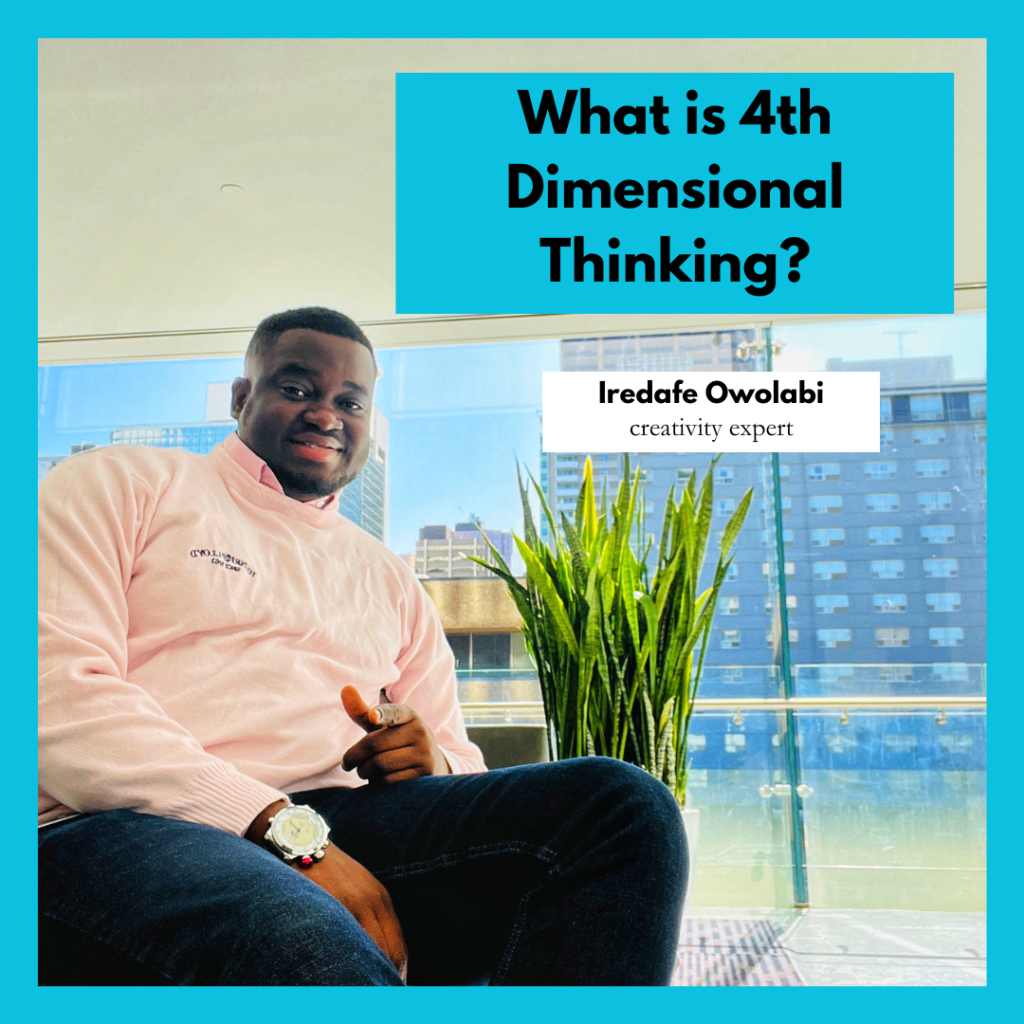

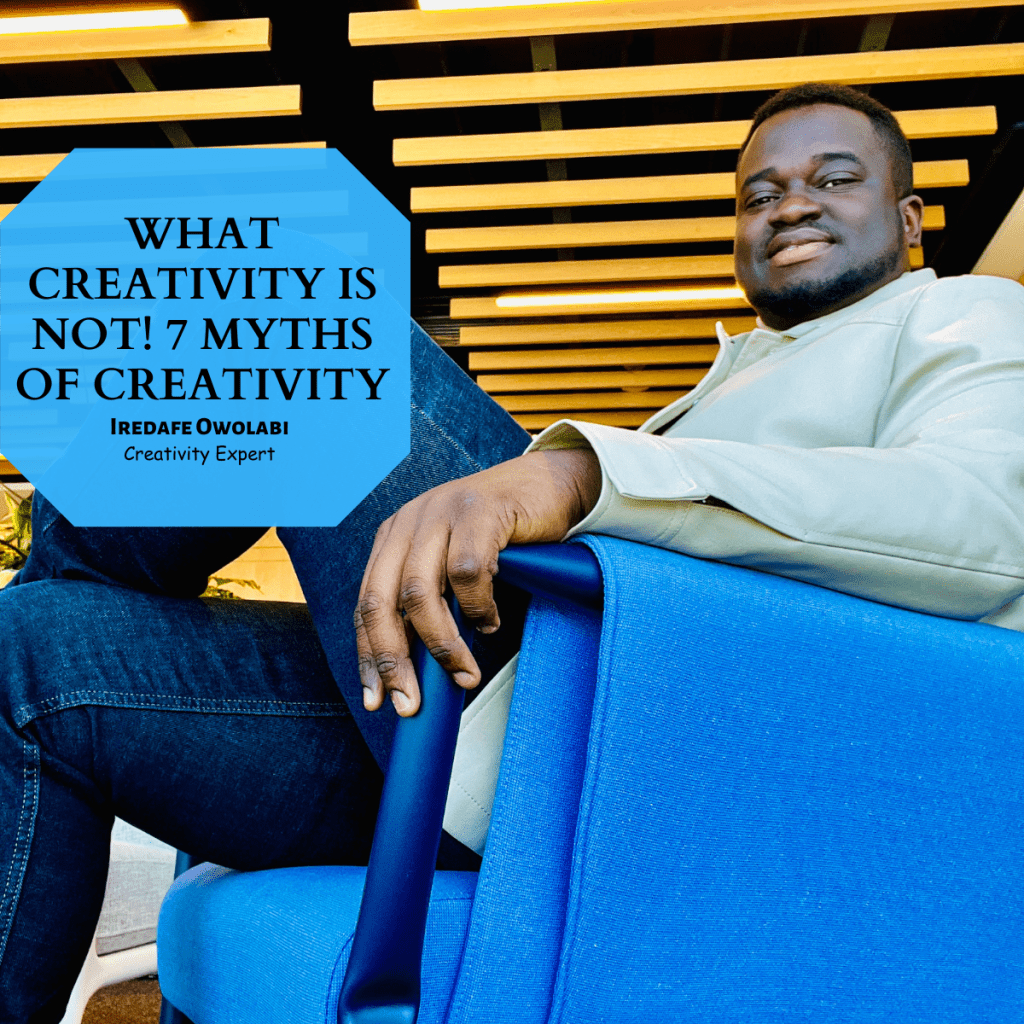
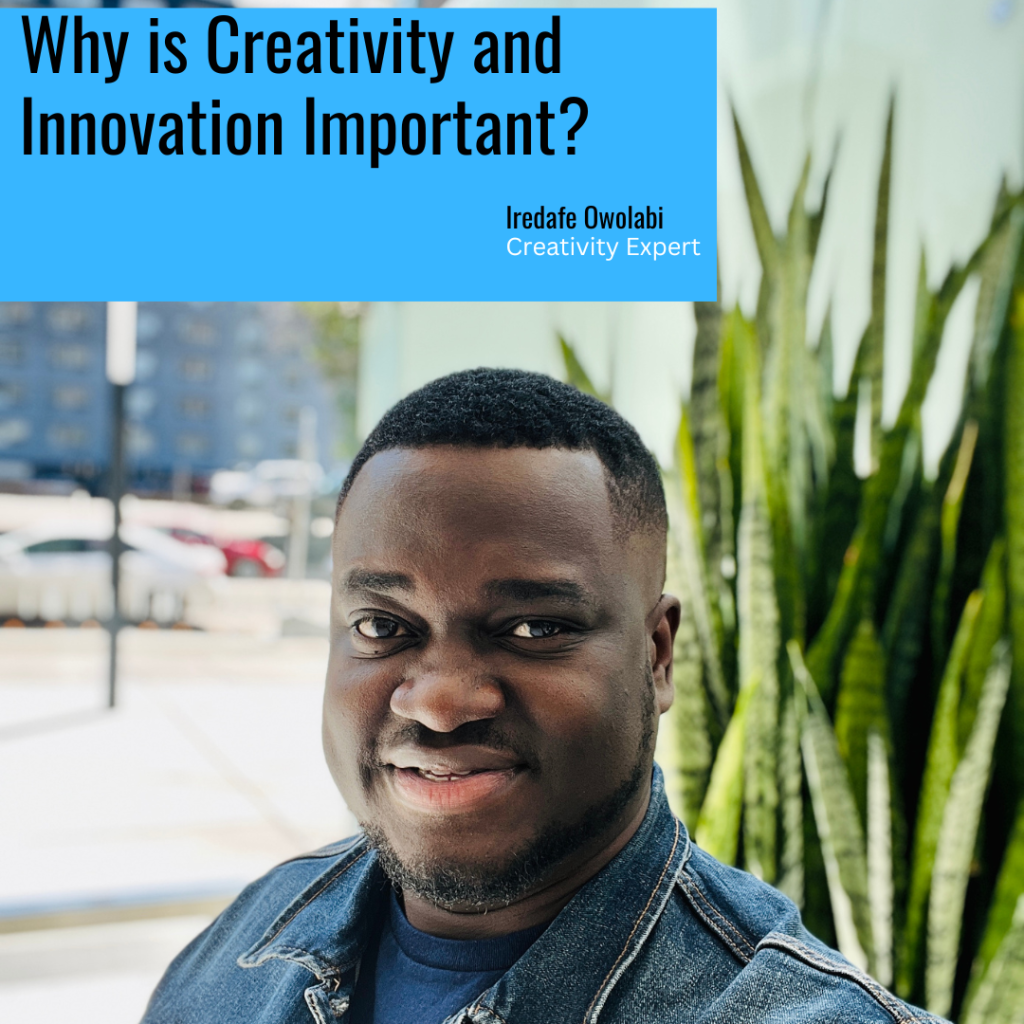

![How to Develop Your Problem Solving Skills [14 Strategies] 19 Develop Your Problem Solving Skills](https://iredafeowolabi.net/wp-content/uploads/2023/08/Blue-Minimal-Join-Our-Team-Recruitment-LinkedIn-Post-2-1024x1024.png)
